Martin Luther Protestant Movement
What began as a path to plunder would grow into a web of international sea trade. The very beginnings of a new economic order.
But, by 1517, the news of Columbus’s discovery of a new world still had very little impact on most ordinary people in Europe. Their daily lives were dominated by a much more immediate power… The Catholic Church.
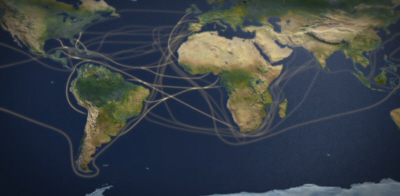
The average European lived in a world constrained by poverty, ignorance of the outside world and fear of famine, violence, disease. The best hope of a better life was in the afterlife. And the keys of heaven were strictly in the hands of the church.
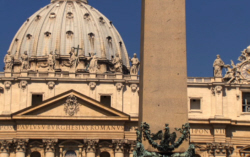
Salvation was sold in the form of indulgencies - printed certificates for the absolution of sins. Virtual passports to heaven… in exchange for hard cash. And one of the churches best salesman of salvation was a man called Johann Tetzel. Johann Tetzel’s sales patter was effective, but it wasn’t subtle. “You fear the fires of hell… pay up. Your poor, dead parents are down there in purgatory in the flames, in agony, begging for release. Pay up.”
And if you think that’s unfair, here is one of Tetzel’s jingles. “Wenn die Munze im Kastlein klingt, die Seele in den Himmer springt.” - When the coin in the coffer rings, the soul from purgatory springs.
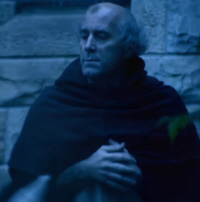
And of course, all those coins were going to the great ones of the church.
Pope Leo X was in a dash for cash. He was rebuilding St Peter’s Basilica, the biggest church in the world. But to some, the Pope’s sale of indulgences to pay for this looked cynical and greedy. On October the 31st, 1517, a German monk is said to have strode up to Castle Church in Wittenberg, Saxony, and nailed 95 arguments against the churches behaviour to the oak door. His name… was Martin Luther.
He was by now furiously angry. He wanted a public fight. And this was a way of taking the argument out of the church and onto the streets. And in words that everybody would understand, the Pope, he said, is immensely wealthy. Why should he not build St Peter’s Basilica with his own money, rather than the money of the faithful poor?
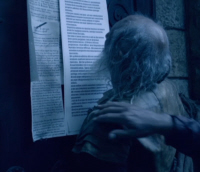
There had been protests against the church power before. But this time, a device which had been created by Johannes Gutenberg helped turn Luther’s protest into a full-blown revolution - the printing press.
Until then, books had been copied by hand, at huge expense. Now hundreds of copies could be made. By 1500, more than 15 million books were in circulation in Europe. One in every three books sold in Germany was written by Martin Luther, every single one of them a blow to the Church’s authority.
Now the Pope struck back. He damned Luther as a heretic and excommunicated him from the Church, which meant not only that he could be burned at the stake as a heretic but, more importantly, that he could burn in hell for ever.

Martin Luther never walked away from a fight, so here in Wittenberg, underneath an oak tree and in front of a cheering crowd, he took the document from the Pope, damning him - it was called a Papal Bull - and he set fire to it. And then, just in case the Pope hadn’t got the message, he described him as “the Antichrist”.
On April 16th, 1521, Martin Luther was put on trial for his life. He faced Europe’s German-speaking leaders of Church and State, led by the Holy Roman Emperor, Charles V, by far the most powerful monarch in Europe.
Luther was asked to confirm he was the author of the offending books. This is a genuinely dangerous moment. When he’s asked to recant, he replies, “If I deny these books, all that I do is to add strength to tyranny.” That’s the tyranny of the Pope. He is saying to the German princes, “Come on, we can do this together.”
Some of the north German princes joined his revolt as a way to break free from Rome’s grip on power. They became known as the Protestants. One of them, Frederick of Saxony, saved Luther from being burned at the stake.
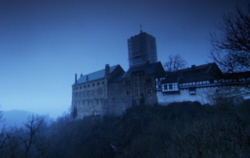
Martin Luther found himself here, at the Castle of die Wartburg, where he spent a year in hiding. He grew his hair and grew a beard and called himself Junker Jorg. While he was here, he translated the Bible into German, so that everyone could hear and understand it. And he gave the Germans and extraordinary treasure chest of biting phrases and unforgettable words. In a sense, he was also their Shakespeare.
But while Martin Luther was in hiding, the protest he inspired was spinning way out of his control. In 1524, the violent revolts erupted amongst impoverished peasants across central Europe. Luther was horrified. A protest against church corruption had turned into a social revolution. Despite attempted treaties and compromises, Protestants and Catholics went to war for 125 years.
Protestant prince would fight Catholic prince. Dynasty would fight dynasty. Families fought each other. In Europe’s wars of religion, 11 million people would die. More Europeans fled from their homes than at any time, from the collapse of the Roman Empire until the horrors of the 20th century.
But the cost of these religious wars would also be paid by other people around the world.
